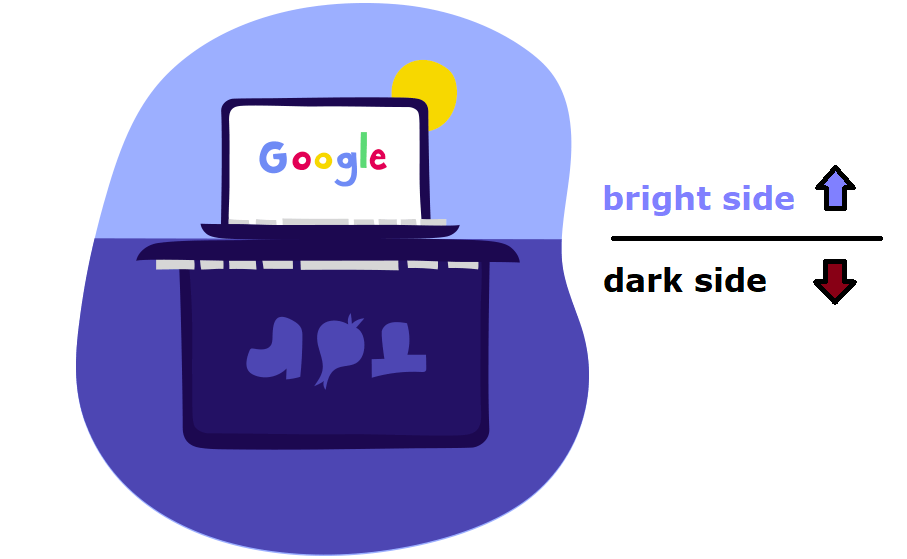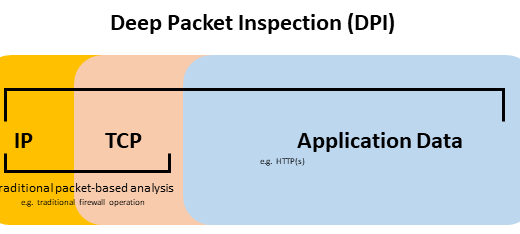
Web search in late 90x, total fun – that required luck and skill. Search algorithms back then used to be based on exact words matching and presented based on resource popularity and number of cross-references. Btw today’s search engine provides you with information that the algorithm considers being your intend (adjusted to probability), and there is far more complexity involved.
Well, guess what. Dark Net (aka dark web, darknet) search is a knock-off from the past. Prepare for the apocalyptic look of the Altavista, Astalavista, and pleura of the useless links the largest search engine of a time could offer.
Whether you are doing research, applying OSINT (Open Source Intelligence), or trying to get your head around what Dark Net really is. The question of how to look for information in the scary and super dupper dark corner of the Internet. The most popular Darknet network today is Tor, an alternative to it is IP2P. Based on traffic volumes later is yet to catch-up.
Quick excurse around the Tor and Hidden Services
- You need to have Tor browser installed (look-it up, even if it is censored in your country there are many mirrors online)
- Address space that Tor uses is .onion (any Tor network internal resource would have a .onion at the end)
- Communication between all endpoints in the Tor network is encrypted in layers (one over the other – hence looks like an onion) and travers few random nodes for privacy
- Though Darknet resources are all hosted somewhere in Clearnet (traditional internet), they are typically not exposed to it and are registered in Tor network agent – onion load balancer (allowing traffic only through this gateway);
- Due to the encryption and privacy mechanisms, it is hard to impossible to identify where actual .onion resource is physically hosted (hence many even illegal resources are still alive)
- Moreover, the process of registering domains using Tor is unlike traditional (think of random generated 16+ characters with .onion at the end, though there are ways you can get something more or less looking like a name – check out for Shallot script if of any interest)
Well, given that Tor is 10-15 years behind the internet we know today, I suggest you drop your Google search experience and start thinking of doing it one of the two ways (1) using catalogs (2) search engines that look like zombies from the 90th. Here are some of the popular ones, exclusively hosted in the darknet.
Not Evil (http://hss3uro2hsxfogfq.onion)
According to creators consist of over 2M indexes. Has neat interface (mostly) and in active development stage. Authors put constant effort to improve sorting algorithms. One of the few “to-go” options for enthusiasts.

Ahmia.FI (http://msydqstlz2kzerdg.onion)
Well-advertised engine for Tor Hidden Services.

Torch (http://xmh57jrknzkhv6y3ls3ubitzfqnkrwxhopf5aygthi7d6rplyvk3noyd.onion)
One of the old times. Claims to search nearly across 900k documents and 1.1m pages in the index. On downside has plenty of Ads. Majority of which – scam.

This is how creators are fighting ad-scam that sponsors their resource existence (sample):

The Uncensored Hidden Wiki (http://zqktlwi4fecvo6ri.onion)
Appears to be the largest catalog of the links and URL in the across the Tor. All added by the community. Note that only registered users are allowed to add content. Registration is often being circumvented by bots of a different kind and therefore prone to have scams and other unsolicited contents.

Mind you that some of the portals are migrating from Onion v2 to Onion v3 protocol and therefore some of the links are likely to be replaced during the year 2021.
P.S: Darknet (Tor project in particular) takes its root from the intelligence services need of transmitting information securely and anonymously over open networks. Unfortunately, it has got a very bad reputation now – and there are good reasons for that (read about famous Silk Road case). Just be conscious of your activity.


